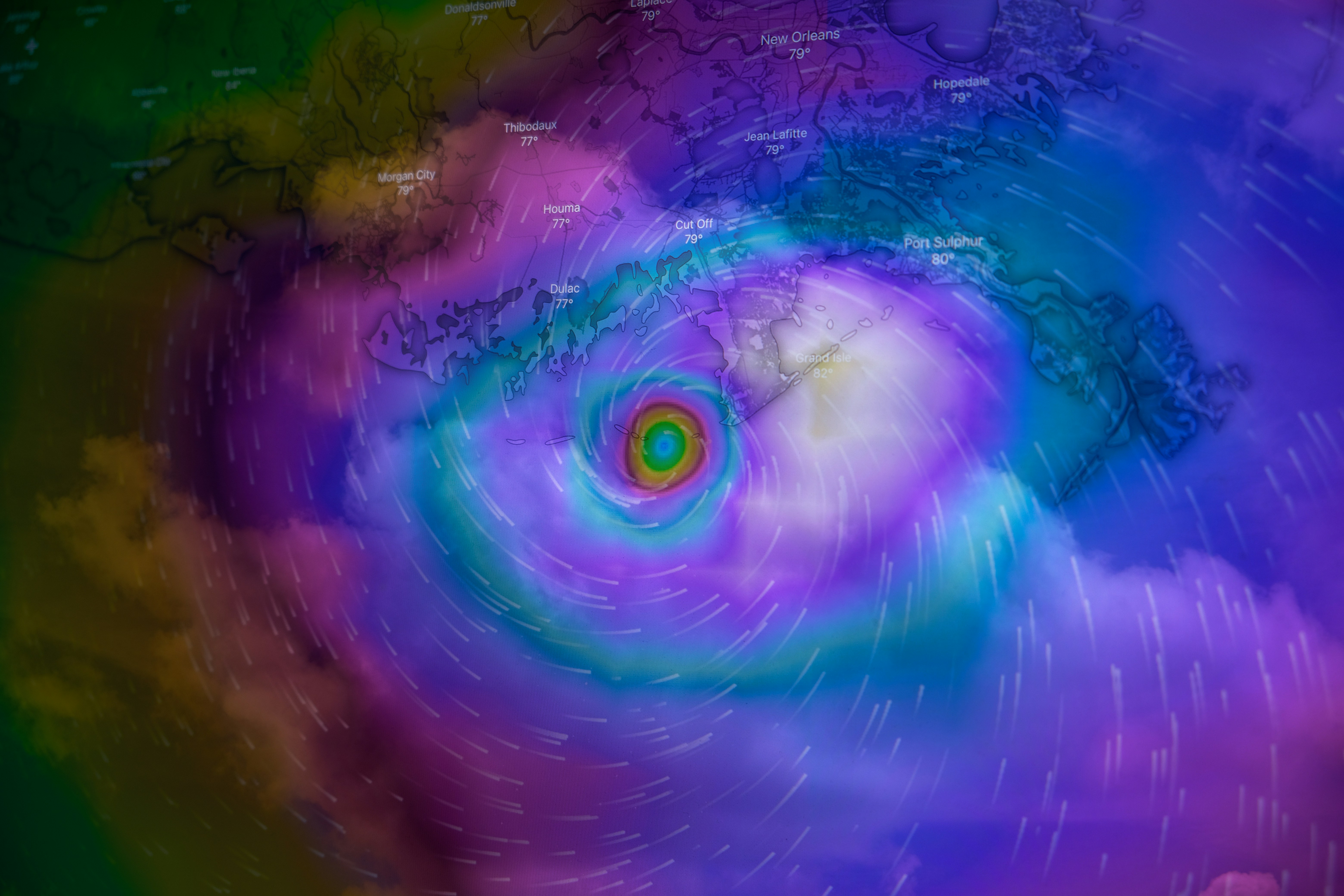When it comes to hurricanes, preparation is crucial. With the increasing intensity and frequency of these natural disasters, it’s more important than ever to develop and implement innovative solutions for hurricane damage mitigation. As we approach the peak of the 2024 hurricane season, let’s explore some of the latest advancements in this field, from technological innovations to community-based approaches.
Technological Innovations
Advanced Forecasting Systems
The accuracy of hurricane forecasts has improved significantly thanks to advancements in technology. Tools such as NOAA’s National Hurricane Center provide real-time updates and predictive models that help communities prepare more effectively. These sophisticated systems utilize satellite data, computer models, and artificial intelligence to predict a hurricane’s path, intensity, and potential impact with greater precision.
Storm-Resistant Building Materials
Another area of innovation is the development of storm-resistant building materials. Modern materials are engineered to withstand the force of hurricane winds and the impact of debris. For example, impact-resistant windows and doors, reinforced concrete, and metal roofing can significantly reduce structural damage.
Smart Home Technology
Smart home technology also plays a crucial role in hurricane damage mitigation. Automated systems can monitor and control various home functions, from shutters to flood barriers, reducing the risk of damage. Additionally, IoT devices can provide real-time data and alerts, ensuring that homeowners are always informed about the status of their property during a hurricane.
Community-Based Approaches
Local Government Initiatives
Local governments are implementing innovative community-based approaches to enhance hurricane preparedness and resilience. For instance, the Ready.gov initiative provides comprehensive resources for individuals and communities to develop disaster response plans, assemble emergency kits, and stay informed during emergencies.
Community Drills and Training Programs
Conducting regular community drills and training programs is another effective strategy. These programs educate residents about evacuation routes, emergency shelters, and safety protocols. Organizations like HelpNow offer a variety of courses, such as CPR training for the workplace, to ensure that community members are well-prepared to respond to emergencies.
Volunteer Networks
Community volunteer networks are invaluable in the aftermath of a hurricane. Volunteers assist with search and rescue operations, distribute supplies, and help with rebuilding efforts. Platforms like HelpNow’s Join Now page enable individuals to sign up and contribute their time and skills to support disaster relief efforts.
Innovative Policies and Regulations
Updated Building Codes
Updating building codes is a critical step in hurricane damage mitigation. New regulations often require the use of more resilient materials and construction methods. By adhering to stricter building codes, communities can reduce the risk of structural damage and improve overall safety.
Insurance Incentives
Insurance companies are also playing a role by offering incentives for hurricane-resistant home improvements. Policyholders who invest in storm shutters, reinforced roofs, and other protective measures may qualify for lower premiums. This encourages more homeowners to take proactive steps toward disaster preparedness.
The Role of Nonprofits
Nonprofit organizations like HelpNow are pivotal in promoting hurricane resilience. These organizations provide essential resources, training, and support to communities before, during, and after hurricanes. Whether it’s offering emergency equipment safety courses or spearheading community-driven response plans, nonprofits play a vital role in enhancing preparedness and recovery efforts.
Future Directions
Looking forward, continued innovation and collaboration are essential for effective hurricane damage mitigation. By leveraging the latest technology, community involvement, and supportive policies, we can build more resilient communities capable of withstanding the challenges posed by hurricanes. Stay informed and stay prepared—together, we can mitigate the impacts of these powerful storms.
For more information on how you can prepare for hurricane season and support disaster relief efforts, visit our blog and donation page.

